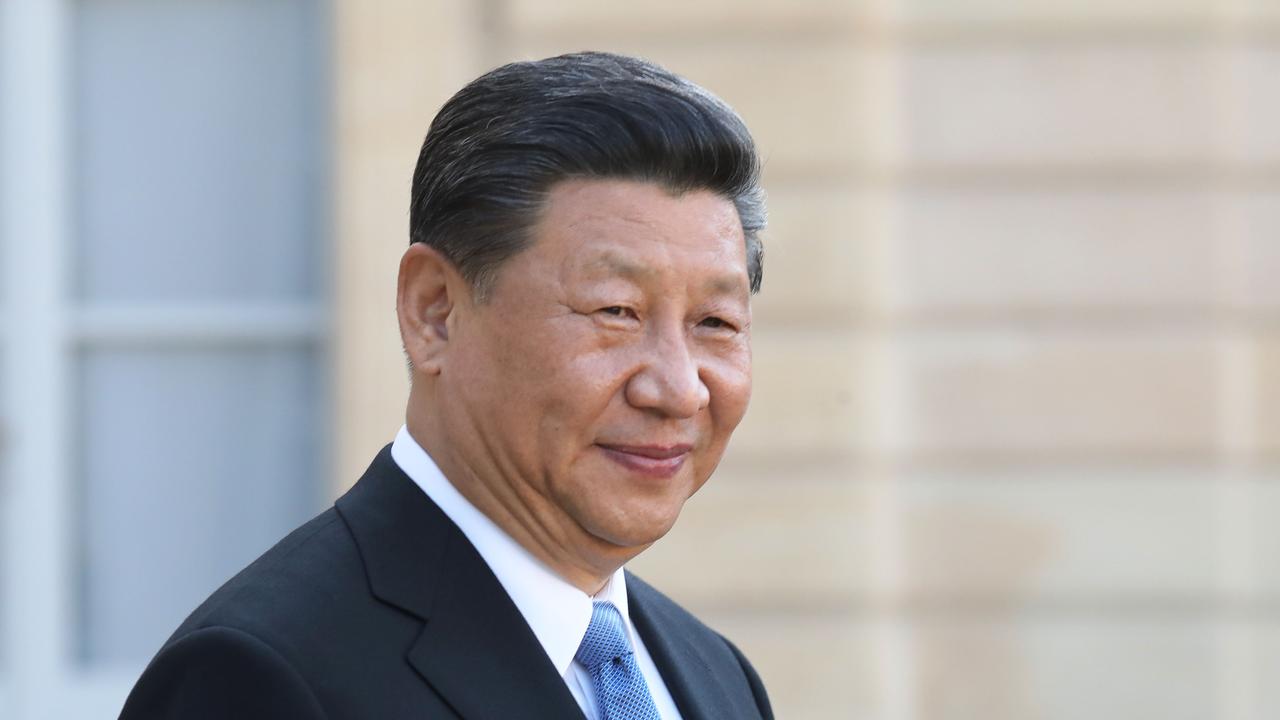SpaceX delays moon tourism for a year
SpaceX has indicated it won’t launch a pair of space tourists to loop around the moon this year as previously announced.

SpaceX has indicated it won’t launch a pair of space tourists to loop around the moon this year as previously announced, the latest sign that technical and production challenges are disrupting founder Elon Musk’s plans for human exploration of the solar system.
A new timetable for the flight — now postponed until at least mid-2019 and probably later — hasn’t been released by Space Exploration Technologies, the formal name of the closely held company.
Over the weekend, company spokesman James Gleeson confirmed the private moon launch has been postponed, without indicating when it might occur. “SpaceX is still planning to fly private individuals around the moon and there is growing interest from many customers,” Mr Gleeson said in an email.
The delay comes amid SpaceX’s own projections of a nearly 40 per cent drop in launches next year from as many as 28 anticipated for 2018. The decline primarily reflects a global slump in manufacturing orders and launch contracts for large commercial satellites.
SpaceX also is confronting industry doubts about market demand for its Falcon Heavy rocket, the company’s newest and biggest launcher, which had its maiden blast-off in March. “People don’t think it’s serious enough yet to figure out how to use it,” Thomas Mueller, SpaceX’s chief propulsion technology officer, said in May, speaking to attendees on the sidelines of a space conference in Los Angeles.
Industry officials and SpaceX competitors have said the latest variant of the company’s smaller Falcon 9 rocket — upgraded to provide more thrust than earlier versions — is capable of putting most of the current generation of large and small satellites into required orbits. Those improvements have “eliminated much of the commercial need for the Falcon Heavy”, according to Charles Miller, a consultant and space entrepreneur.
Regardless of when tourist voyages start, Mr Musk and his team already have revolutionised the launch industry by accomplishing two goals that historically were considered impossible: SpaceX has slashed rocket prices with the Falcon 9 and pioneered fully reusable main stages, including engines. The company seeks to refly those parts 10 times with minimal refurbishment.
SpaceX’s next Falcon 9 launch is scheduled from Florida on Monday, carrying a commercial satellite for Luxembourg-based SES SA. It would be the company’s 11th launch of 2018.
But Mr Musk’s vision of quickly using the Falcon Heavy for moon missions has been up-ended. In February 2017, Mr Musk announced with some fanfare that before the end of 2018, SpaceX intended to send two paying customers around the moon and back to earth using an automated Dragon capsule launched by the company’s most powerful rocket. The passengers were never identified, but the company said they already had paid “a significant deposit” and preparations were under way for health tests and training for the estimated week-long trip.
At the time, SpaceX expected to complete unmanned flight tests of the Dragon capsule and then repeatedly transport astronauts to and from the international space station, before using it to carry paying passengers deeper into the cosmos.
But that schedule has now slipped, with the company telling NASA it is targeting the first astronaut test flight no earlier than December 2018. Congressional investigators have said that could drag well into 2019, with approval for routine operational flights coming many months later.

Earlier this year, Mr Musk also suggested at least some proposed Falcon Heavy missions intended to transport people probably would take a back seat to development of an even bigger launcher designed for deeper space exploration.
Mr Gleeson, the company spokesman, indicated private missions around the moon and elsewhere, presenting an opportunity for humans “to travel faster and farther into the solar system than any before them”, amounted to “an important milestone as we work toward our ultimate goal” of establishing large-scale settlements on Mars. Mr Musk has talked about first establishing a base on the lunar surface.
Some industry experts and analysts see huge risks for SpaceX from potentially suffering a major malfunction, or even fatal accident, involving tourists, before its Dragon capsule is certified to fly NASA astronauts into orbit.
“SpaceX faces much higher stakes” than carrying paying passengers as soon as it envisaged, according to Charles Miller, a consultant and space entrepreneur who served on President Donald Trump’s transition team for NASA. “Company leaders can’t risk” sacrificing the agency’s trust or “prompting hearings before Congress”, he said.






To join the conversation, please log in. Don't have an account? Register
Join the conversation, you are commenting as Logout